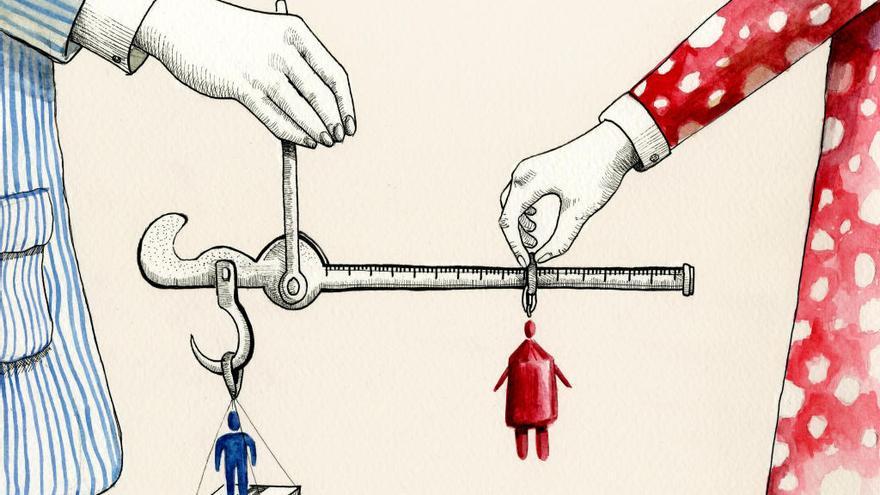15/2/2022 Week 7: Response to "Cross-Cultural Students in the Classroom"
Response to "Cross-Cultural Students in the Classroom"
As teachers or future teachers, we are preparing ourselves to deal with students of different nationalities and cultures. This opportunity also comes with different cultural paradigms and situations that we need to handle as best we can.
Expressivity
Professor Ivers taught, that cultures have different subcultures and some subcultures are more expressive than others.
For example, in the United States, there are many different subcultures.
White students in Wyoming, Idaho, and Utah are less expressive, but in New York, Boston, Philadelphia, and New Jersey are more expressive and dynamic.
Hispanic students are more expressive than white students.
African American students are very expressive by their cultural paradigms.
Asian students tend to be less expressive than white students if they moved from their country to the United States, but if they were raised in the United States they tend to be like the Americans.
When Asian university students study in the United States they see things very differently because of their culture.
- They never talk when the teacher is talking, showing a high degree of respect. But they think that the Americans are disrespectful because they interrupt the teacher to share their insights, but for American teachers, this means that the students are engaged in the class.
- They rarely question or disagree with their teachers. but if with other students, because they eat in the classroom or when others students place their feet on the book rack of the desk in front of them.
- Some Asian students don't look the teacher in the eyes to show respect, but American students don't look at their teacher for doing other things.
This happens because Asians are less expressive tolerance than Americans.
Mexico
Here in Mexico in all levels students are forbidden to
- Speak when the teacher is explaining the lesson.
- Eat inside the classroom.They need to wait for recess.
- Play or stand up inside the classroom, it is very rare for teachers to establish activities to work within the classroom. Most teachers forbid their students to move from their desk.
- Leave the classroom without the teacher's permission. The students need to ask permission to go to the bathroom, drink water, etc. This is a bit difficult because some teachers count the entrances and the exits and if the student need to go to the bathroom they don't allow it.
- Go to school without the uniform and without the mandatory haircut for men.
- Say "Que!"(What!) if the teacher speaks to them, they have to say "Mande!" and the teacher will tell them what to do.
Before the pandemic, there were many cross-cultural students in my area, because of the exchanges. Now only the children of the workers of some American, Chinese, and Korean industrial port companies. The things listed above may cause some misunderstandings for them. These rules may be easier for Asians than Americans because American aren't restricted in their country, as Professor Ivers said, "They live in an egalitarianism society", so they decide to pay for education more similar to their country, but here it is very expensive.
As a parent I don't like Public Education in my country, but we can take the positive side and not the negative because it is what we have, and Private Education, as I mentioned, is very expensive.
As teachers or future teachers, we must prepare ourselves to give our best to try to change this and make education meaningful for our students. I know this will be difficult because we will try to break some cultural paradigms, but we must begin by ourselves to make the necessary changes in education to mark the lives of our students (native and cross-cultural) in a positive way and help them understand the paradigms of other cultures so that they can have better relationships with the people around them not only at school but also in their future jobs.
- What would be some things that cross-cultural students could find different in your classroom?
Leave your comments.
References:
1) Cross-Cultural students in the classroomhttps://content.byui.edu/file/5ea5aa3a-0806-4dd5-8106-1ba4f85b3656/2/Cross-Cultural%20Students%20in%20the%20Classroom.html
2) image https://campus-climate.umn.edu/sites/campusclimate.umn.edu/files/discgroup1_1.jpg
3)image https://encrypted-tbn0.gstatic.com/images?q=tbn:ANd9GcRk8XGXmLOK6t_9BchC0VoBMg8KJZrvQw7494ox1bGeZVPoShKuJkDEP9puA2gArK-Q5cA&usqp=CAU
4)image http://www.anahuac.mx/iest//sites/default/files/gbb-uploads/seguro-accidentes-a7z722.jpg


No comments:
Post a Comment